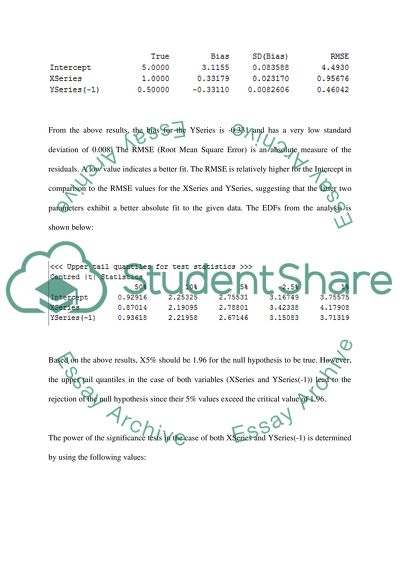Cite this document
(Quantitative Methods for Finance Research Paper, n.d.)
Quantitative Methods for Finance Research Paper. https://studentshare.org/finance-accounting/1575067-testing-capm
Quantitative Methods for Finance Research Paper. https://studentshare.org/finance-accounting/1575067-testing-capm
(Quantitative Methods for Finance Research Paper)
Quantitative Methods for Finance Research Paper. https://studentshare.org/finance-accounting/1575067-testing-capm.
Quantitative Methods for Finance Research Paper. https://studentshare.org/finance-accounting/1575067-testing-capm.
“Quantitative Methods for Finance Research Paper”. https://studentshare.org/finance-accounting/1575067-testing-capm.


